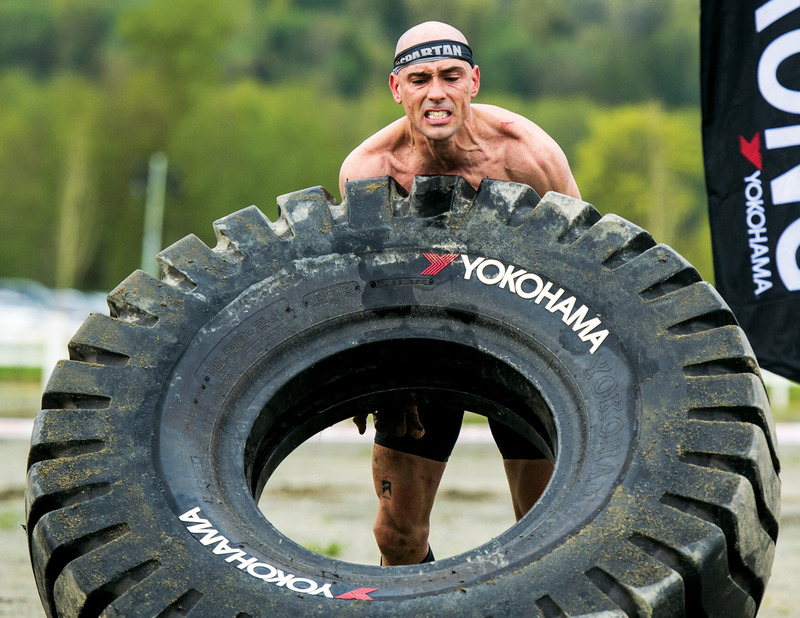The Local newsletter is your free, daily guide to life in Colorado. For locals, by locals. Sign up today!
With icy water hazards, belly crawls under barbed wire, and shoe-sucking mud pits, obstacle course racing (OCR) has a way of humbling the most seasoned athletes. That’s precisely the attraction for 35-year-old Robert Killian (pictured), a Longmont resident and Green Beret in Colorado’s Army National Guard. “Your five-minute mile doesn’t mean much in a race where you have to climb ropes or run up a 30 percent incline for a half hour,” says the 2015 Spartan Race world champion and OCR coach. The sport demands full-body fitness and an ability to face your fears, Killian says, yet people love it. In fact, more people finished OCRs in 2016 than half-marathons and marathons combined, according to Running USA, a nonprofit that monitors the running industry. You can compete in several local sufferfests this month (see “Try It” below), but before you do, get race-ready with four of Killian’s training methods.
Running
Why: Most races involve five to 10 miles of running, all told
Where you’ll need it: Hill climbs and transitions between course obstacles
“You have to have foot speed to move you along through the course,” says Killian, who recommends three different weekly runs: a moderate, even-paced 45-minute jog to build endurance; a 30-minute speed workout on an 800-meter course (run as fast as you can for two laps around a track, then jog for one lap, repeating until time is up); and hill sprints (five uphill sprints and five downhill sprints, two to three minutes of each). Stick to dirt and rocks—the same surfaces you’ll encounter in a race.

Crunches
Why: Builds core strength
Where you’ll need it: Pulling your legs up a rope, stabilizing yourself when swinging from rope to rope, clearing hurdles
This basic move remains one of Killian’s favorites because it pays dividends across the course. Can’t stand the burn that comes with crunches? Substitute sit-ups, bicycle kicks—whatever you like—but don’t skimp. Do 20 seconds on, 10 seconds off for three sets.
Dead Hangs And Pull-ups
Why: Improves arm, grip, and shoulder strength
Where you’ll need it: Climbing walls, scaling ropes, swinging from rings
Killian suggests chin-ups (palms facing toward you) and pull-ups (palms facing out). “Chin-ups build your biceps and upper back, which you’ll need to climb a rope,” he says. “Pull-ups prep you to hoist yourself up and over a 12-foot-high wall.” Five reps is nice; 10 qualifies as pro level. If you can’t lift your body weight to the bar, start with dead-hangs (remaining suspended at the bottom of a pull-up) and work toward a single, perfect pull-up.

Strength Series
Why: Develops all-around muscle strength
Where you’ll need it: Crawling, ducking, jumping
To build full-body strength and endurance, Killian likes this 20-minute workout with five exercises: push-ups, sit-ups, air squats, pull-ups (or dead hangs), and lunges. One set consists of 10 to 15 reps of each move. After every third set, rest for one minute. Finish as many sets as you can in 20 minutes.
Try it: Rugged Maniac, August 12 • Colorado Rockies Ultra Beast, Beast, and Sprint Weekend, August 26 and 27 • Warrior Dash Colorado, September 16








